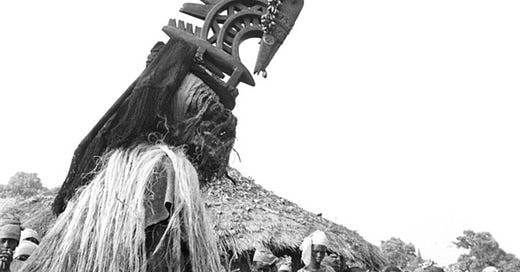Welcome back to our blog by Amritha and Nimmi Sohal! This week we will be diving further into Djeneba’s country and culture!
Mali has dozens of ethnic groups each with its own unique languages and history. Each of these ethnic groups also has its own traditions which have been passed down through many generations. Some of the ethnic groups in Mali include the Fula people, the Dogon people, and the Bambara people.
Today we will look at the Bambara people.
Currently, the Bambara people make up the largest ethnic group in Mali. 80% of the population speaks the Bambara language.
Bambara is the ethnic group that lives mostly in central and southern Mali. This ethnic group has no central organization but instead is made up of districts, which are then made up of small villages. Within these villages, there is a dominant family that provides a fama. A fama is like a chief, someone who is in charge. But like many governments in the world, this administration has checks and balances, which they called the elders, to ensure that the power of the fama is being used correctly.
The Bambara people are the founders of the Mali Empire (1230 AD), which was very powerful in its time. The Mali Empire traded, expanded their culture and territories, as well as having an abundance of gold, salt, and cotton deposits. Although the Mali Empire fell in the 1600s, the Bambara people stayed within the region.
Malians frequently participate in traditional dances, festivals, and ceremonies, but every ethnic group has its own traditions that they have had for many generations. Bambara people believe in ancestral spirits. These spirits can be taken in forms like animals or vegetables. They worship these spirits in extraordinary ceremonies and gift foods like flour and water to the spirits.
They also like to represent their spirits through objects. The picture below represents a Chiwara headdress. This headdress, which is also in the form of an antelope, represents the spirit of Chiwara, the spirit of agriculture. These headdresses are worn by farmers during the time of planting and harvest. They dance in imitation of leaping antelopes and celebrate a year of a successful harvest.
In the next blog post, we’ll look at some of the other ethnic groups in Mali.
Please visit our website to continue to see posts, updates, and more on how to donate. You can also donate below and subscribe to this blog. Please share with your friends and family.






